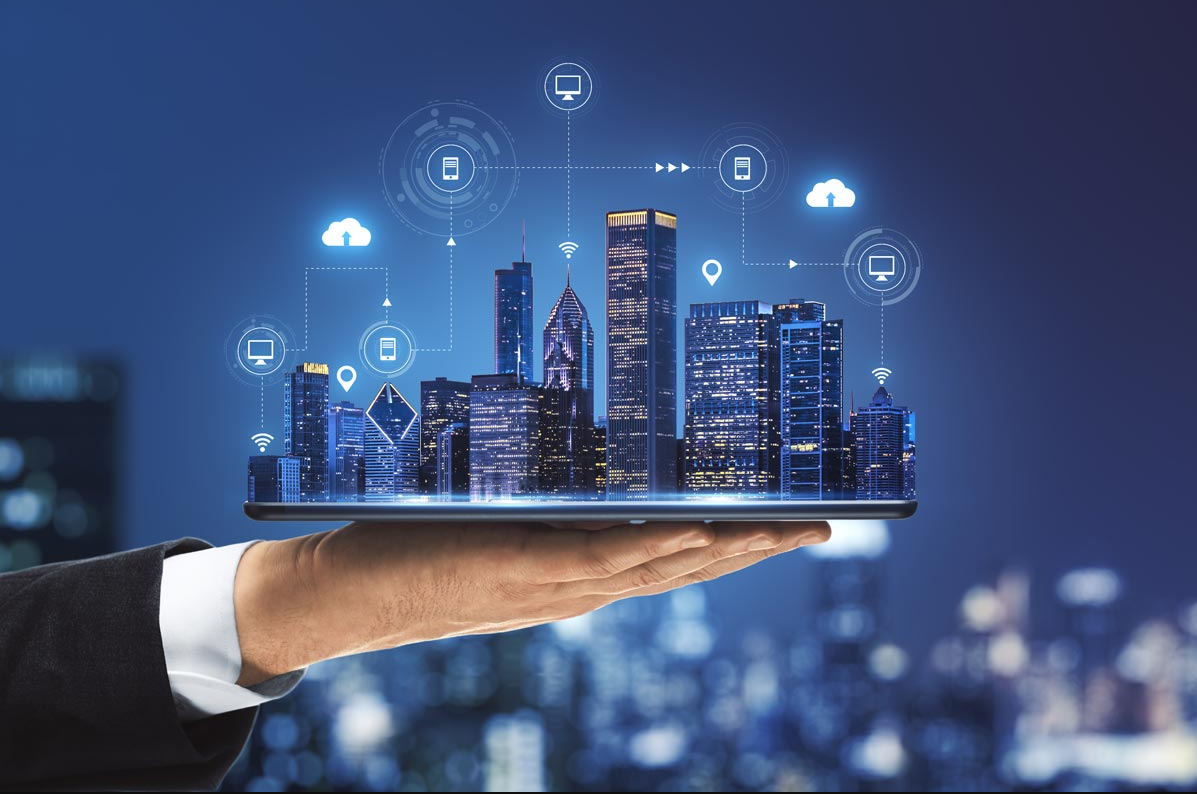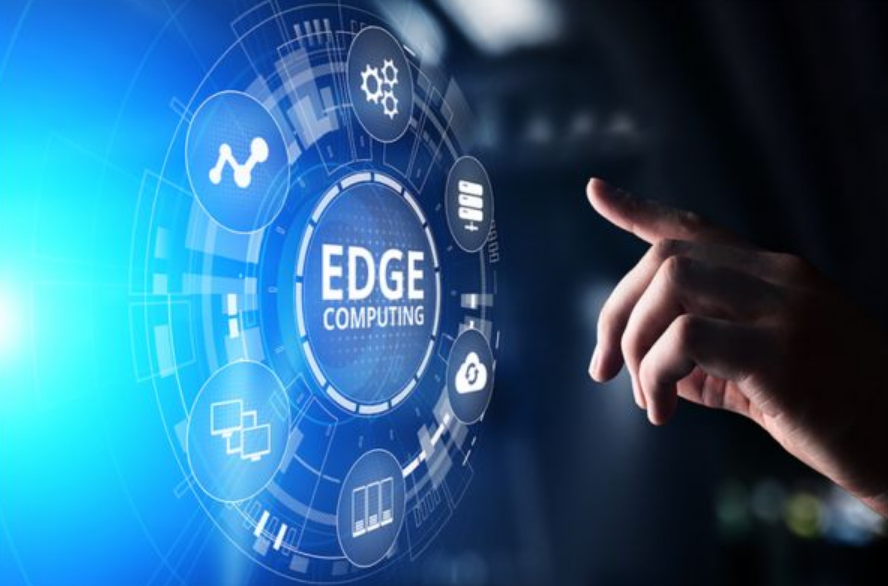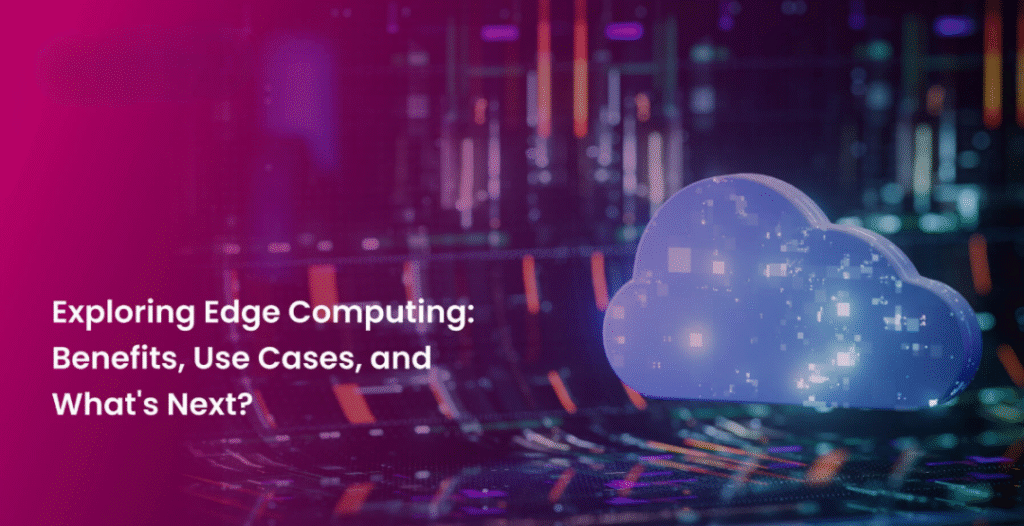Edge computing use cases in smart cities:
Over 60% of the world’s population will be living in cities by 2030, and there is an urgent need for smart, efficient cities (United Nations, 2020). Welcome to edge computing—a computing technology that performs calculations at the edge, lowering latency and enhancing efficiency. Edge computing applications in smart cities are revolutionizing urban life, from traffic management to public safety. Unlike cloud computing, edge computing performs calculations locally, enabling real-time decision-making that is essential for successful urban living.
In this article, we explore the real-world applications, benefits, and drawbacks of edge computing in smart cities. Discover how this technology is revolutionizing sustainable, connected, and responsive cities for the future.
What is Edge Computing and Why It Matters for Smart Cities
Understanding Edge Computing
Edge computing processes data near its source, like IoT sensors or cameras, rather than waiting for far-off cloud servers. In contrast to standard cloud computing, which sends data to a centralized data center, edge computing keeps processing locally. This reduces latency and decreases bandwidth needs, making edge computing ideal for timing-sensitive applications.
Applicability to Smart Cities
Smart cities live off real-time processing of data. From traffic lights to air quality monitors, urban infrastructure produces huge volumes of data. Edge computing minimizes latency, enabling real-time answers, such as changing traffic lights during peak hours. Edge computing also enables IoT in smart cities by processing data from millions of connected devices with ease. Simply NUC asserts that edge computing minimizes network congestion, which is vital for IoT-based city operations.
The Smart City Ecosystem
Smart cities are founded on interconnected components: AI analysis, sensors, and IoT devices. Edge computing ties them together, creating dynamic urban spaces. For example, edge nodes on the local level handle data from street cameras, enabling real-time decision-making without cloud delay. This constructs responsive cities that react to residents in real time.
Key Benefits of Edge Computing in Smart Cities
Real-Time Data Processing
Edge computing facilitates real-time decision-making for time-critical applications. Traffic lights, for instance, can be dynamically optimized in real time based on real-time traffic, reducing congestion by 30% in some cities (DataBank, 2023). Immediacy is important in dynamic urban cities.
Less Latency and Bandwidth Consumption
Through edge computing, computations are performed on the edge, cutting back on reliance on far-away cloud servers. In metropolitan areas, where data volumes balloon, this cuts back on network load. Local processing is faster and less costly in bandwidth, ideal for growing metro networks.
Enhanced Security and Privacy
Data storage and local processing reduce the risk of transmitting data. This applies to sensitive information, like the health records of citizens. Edge computing brings data closer to where it is generated, decreasing vulnerabilities to breaches and building confidence in smart city technology.
Energy Efficiency and Sustainability
Edge computing optimizes energy use, such as balancing smart grids in real time. By reducing data transmission, it cuts energy consumption, supporting urban sustainability. Cities like Singapore have used edge solutions to lower carbon emissions significantly (MDPI, 2024).
Scalability and Flexibility
Growing cities bring growing IoT networks. Edge computing keeps up easily, processing growing amounts of data without taxing central systems. Modular edge configurations enable cities to scale solutions cost-effectively, maintaining long-term flexibility.
Edge Computing Applications for Smart Cities

Traffic Optimization and Management
Edge computing transforms traffic management by processing sensor and camera data in real-time. Edge AI traffic platforms process traffic patterns in real-time, adjusting signals to alleviate congestion. Toronto, for example, used edge-based traffic systems, lowering commute times by 25% through FPGA inference (IEEE, 2023). Reduced emissions, smooth traffic, and better moods for drivers are some of the benefits. Delays are reduced, urban mobility is enhanced, and cities become more habitable.
Energy Grid Management
Edge data centers analyze smart meter data to maximize energy distribution. As an example, edge systems balance renewable energy sources such as solar and wind in real time, which stabilizes the grid. An Amsterdam pilot reduced energy costs 15% through edge computing (DataBank, 2024). This is saving the planet and dollars, driving urban sustainability initiatives. Cities are able to dynamically redirect energy consumption, avoiding outages and encouraging green energy.
Environmental Monitoring and Sustainability
Edge AI drives real-time monitoring of air, noise, and water quality. Sensors process data locally, with the capacity to identify spikes in pollution in real time. Edge-based air quality sensors in Beijing lowered response to pollution alarms by 40% (MDPI, 2023). This allows for quicker interventions, which enhance public well-being and enable sustainable city planning. Real-time data assists cities in avoiding environmental issues in advance.
Public Safety and Emergency Response
Edge computing enhances public security via instant monitoring. AI cameras scan video at the edge, detecting accidents or crime in real-time. Chicago Edge Solutions cut emergency response times by 20% (IEEE, 2024). This enables quicker interventions, preventing loss of life and enhancing citizen security. Speed is necessary for edge computing to make cities more resilient to urban security.
Smart Garbage Disposal
Waste bins employ IoT sensors with edge computing for maximizing collection routes. Local processing of data determines full bins and schedules ideal pickups. Singapore’s smart waste system reduced fuel by 30% (Simply NUC, 2023). Advantages include tidy streets, reduced operating expenses, and green waste methods, which lead to cleaner cities.
Implementation Problems and Solutions
Challenge: Infrastructure Costs
Edge data centers and IoT devices are expensive to deploy. Urban cities typically won’t have the budget.
Solution: Public-private partnerships can share the expense. For example, cities have partnered with the likes of Intel to sponsor edge deployments at affordable rates (Intel, 2024).
Challenge: Security Risks
Edge devices are vulnerable to cyberattacks, especially in large-scale IoT environments. Solution: Decentralized security mechanisms and robust encryption protect data. AI-based software updates and threat identification also make edge systems secure to operate.
Challenge: Interoperability
Varied IoT devices tend not to be standardized, making integration difficult.
Solution: Implementing universal protocols, such as MQTT, and open platforms ensures compatibility. Open standards have been used by cities such as Barcelona to simplify IoT systems (MDPI, 2024).
Challenge: Scalability
Increasing volumes of information are burdening edge infrastructure.
Solution: Modular edge architecture enables cities to scale capacity on demand. Cloud-edge hybrid models load balance, too, scaling without compromise.
The Future of Edge Computing Use Cases in Smart Cities

Smart city technology of the future will be at the nexus point of edge AI, 5G, and IoT. The technologies enable predictive analytics, which prevents traffic jams or power outages from occurring. An example is how 5G enhances edge computing’s real-time computation to create seamless city networks. Urban sustainability is also enabled through edge solutions in the areas of resource utilization and emission reduction. Edge computing will result in smarter, greener, and more connected cities as cities evolve, which will provide new solutions to urban issues.
FAQs About Edge Computing Use Cases in Smart Cities
What is edge computing in the scenario of a smart city?
Edge computing calculates locally, near IoT devices, permitting real-time city applications like traffic flow management or energy optimization.
How does edge computing enhance traffic management?
It operates in real-time processing of camera and sensor data, optimizing traffic lights to reduce delays and optimize flow.
Is it safe for smart city use?
In fact, processing and encryption locally reduce the exposure of transmission, processing sensitive city data in a safer manner.
How does edge computing promote urban sustainability?
It optimizes energy grids and waste disposal, minimizes emissions, and promotes efficient use of resources.
What are the disadvantages of applying edge computing in smart cities?
There are certain key challenges like high cost, security issues, interoperability, and scalability, which are countered by alliances, encryption, universal protocols, and modularity.
Conclusion: Edge computing use cases in smart cities
Smart city uses of edge computing are revolutionizing city living, from optimizing traffic to improving security and sustainability. With real-time processing capabilities, edge computing builds responsive, efficient, and sustainable cities. With challenges such as cost and security, solutions such as partnerships and encryption are opening doors. As cities expand, adopting edge computing is the future for smarter city living. Stay ahead of smart city technology to create better, connected communities.
If you want more Information, explore our website: Iofbodies

